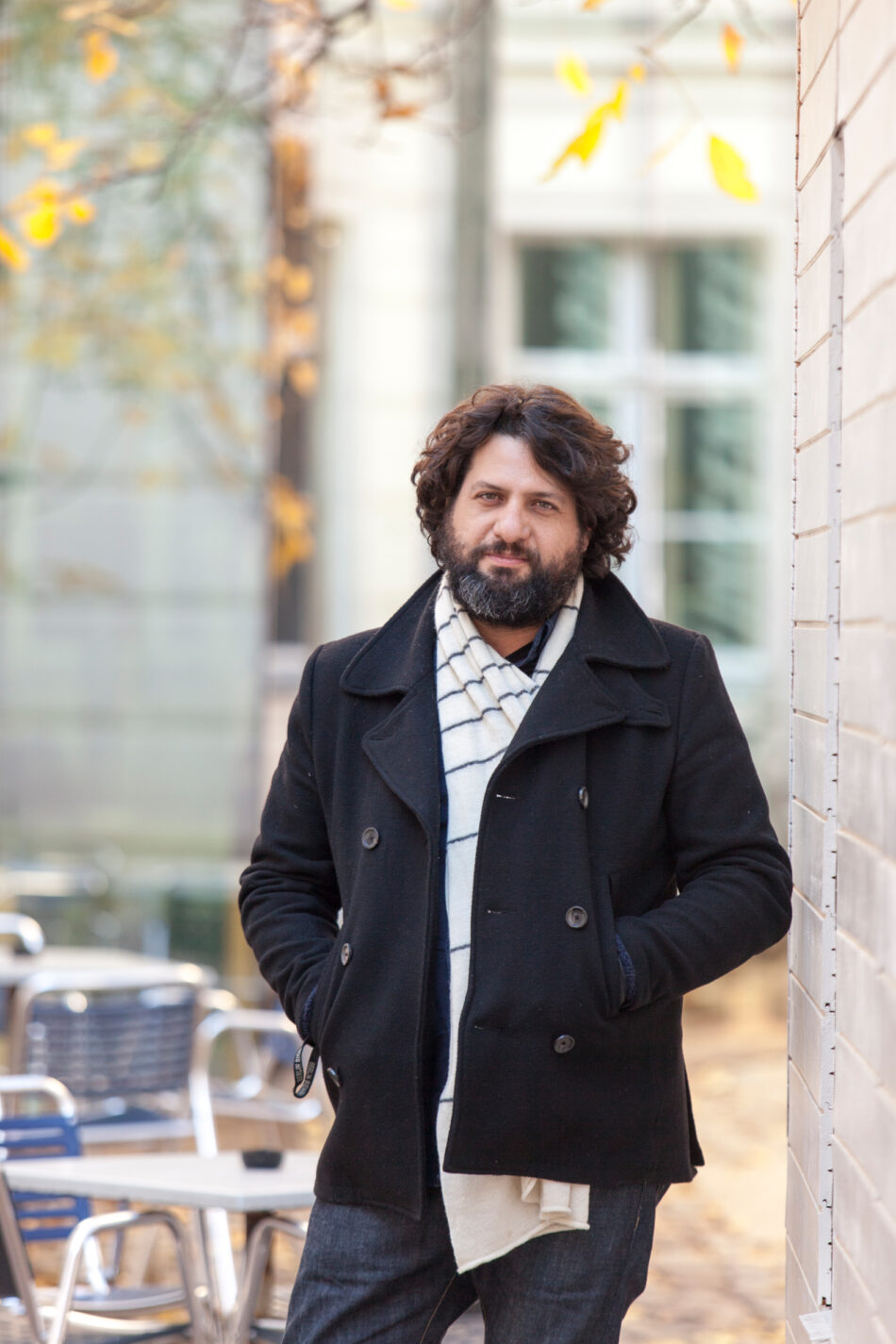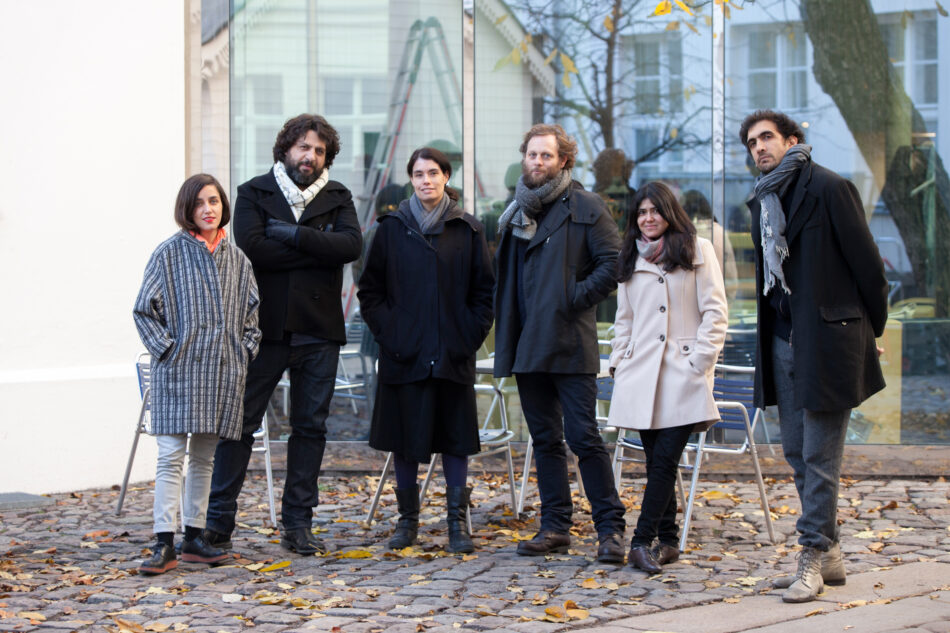by Alison Hugill // May 26, 2014
Next in a long line of venerable organizers, Canadian-Colombian writer and curator Juan A. Gaitán was appointed as this year’s curator of the 8th Berlin Biennale for Contemporary Art. The 2-month long Biennale opens on May 28th at four venues across south-western Berlin and Berlin-Mitte — Haus am Waldsee, Museen Dahlem – Staatliche Museen zu Berlin, KW Institute for Contemporary Art, and Crash Pad c/o KW.

Juan Gaitán; Photo courtesy of Thomas Eugster
Gaitán is currently based in Mexico City and Berlin and trained as an artist and art historian at University of British Columbia and Emily Carr Institute of Art and Design in Vancouver (Canada). He was curator at Witte de With Center for Contemporary Art in Rotterdam, and adjunct professor in the Curatorial Practice Program at the California College of the Arts in San Francisco. Most recently, Gaitán curated a three-venue exhibition Material Information in Bergen, Norway. The extensive show explored new approaches to contemporary global distribution of labor from the perspective of arts and crafts.
The majority of the participating artists selected for the 8th Berlin Biennale have produced new works for the exhibition, which proposes new perspectives on the facets of and relations in history. We spoke with Juan A. Gaitán about what we can look forward to from this year’s line-up.
Alison Hugill: Can you tell us a bit about the theme and highlights we can expect from the upcoming 8th Berlin Biennale for Contemporary Art 2014?
Juan A. Gaitán: The 8th Berlin Biennale for Contemporary Art does not follow a theme. Instead, my curatorial approach has been a framework in which artists have been given the creative flexibility to explore their artistic practices and push the boundaries set before them. I engaged each artist in an ongoing intellectual discourse about the historical imagination of a city and ways in which Berlin in particular, is being re-shaped in the 21st century by its 18th and 19th century past. These ideas seem most clear to me in the architectural program of the city, and make me question why the 19th century is currently taking such a prominent role today. Discussions with the artists about these ideas have led to the artworks being exhibited in the 8th Berlin Biennale, and thus the exhibition itself. However, that is not to say the artworks themselves directly address or confront these ideas. Instead, the artworks are the products of intellectual discourses, which naturally give rise to nuanced ideas. By using open dialogue as my curatorial approach, I have allowed the curatorial process to be continually shaped and re-shaped by the artists.
AH: In your worldwide search for participating artists, which aspects of the event and which experiences from your own practice informed your choice? Is there a wider focus on Latin American artists in this year’s event, given your network in Mexico and Colombia?
JG: The artists I chose are in some cases individuals I have worked with in the past and with whom I have stimulating intellectual discussions, and in other cases artists who I met during the research trips we made for the Berlin Biennale. There isn’t a wider focus on Latin American artists. The research has taken a broader perspective at once more international and less concerned with questions of national or regional representation. This means that it is the individual practices I am interested in, and how each artist articulates her or his own concerns and interests in her or his artistic practice.

Berlin Biennale Artistic Team; Photo courtesy of Thomas Eugster
AH: You have a diverse artistic team, many of whom are (like yourself) based in Mexico City. Who is involved in your artistic team and that are they bringing to the project?
JG: The Artistic Team includes artists and curators. They have all been involved in the process, in some cases as advisors, and in some cases more actively. Atoui, Ginwala, Lozano, Munguía, Nicolai and Vo are each developing a project for the Biennale. In general it is also important to include artists for me, as this is a way to point out that curatorial processes are as much about dialogue with artists as with curators and other practitioners.
AH: How will this project differ from or continue your other curatorial projects? How might it be different from curators past?
JG: I think one’s work is always developing, there are themes – labour, the image, autonomy – which are still present and come from previous exhibitions. There will be things that I will continue to work with but I’m currently so focused on the present process I haven’t really thought of what comes after.
Biennale Info
8th Berlin Biennale for Contemporary Art
Group Show
Exhibition: May 29–Aug. 3, 2014
berlinbiennale.de
Writer Info
Alison Hugill has a Masters in Art Theory from Goldsmiths College, University of London (2011). Her research focuses on marxist-feminist politics and aesthetic theories of community, communication and communism. Alison is an editor, writer and curator based in Berlin.























